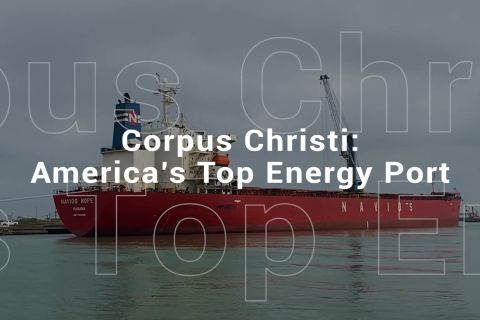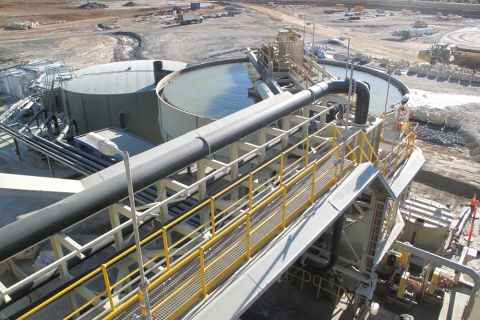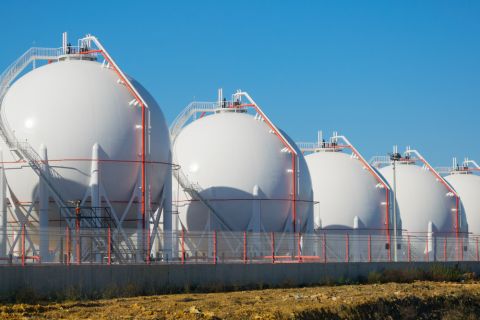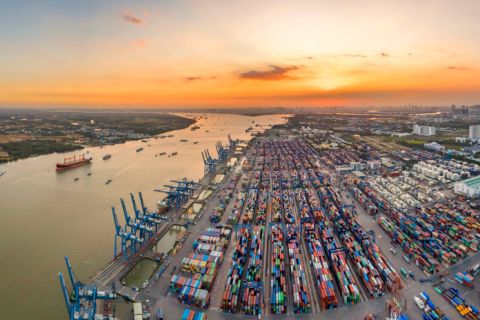Wood and NERA announced on May 27 a new funding partnership arrangement led by Wood in collaboration with The University of Western Australia (UWA) to support the development of an online hydrate blockage prediction model for operating gas condensate systems.
Methane hydrates present a major challenge in multiphase subsea production pipelines. These ice-like substances form inside the pipe and can eventually build up to create a blockage. Removing a hydrate blockage from a subsea pipeline is an expensive and time-consuming exercise. For LNG facilities, such interruptions to production can have severe financial consequences, and therefore hydrate blockages are avoided at all costs.
Commencing in June as part of the “Long Subsea Tie-back” project, Wood will integrate UWA’s mechanistic hydrate model into its operational online Virtuoso software package. This will allow operators for the first time ever to calculate in real time the operational risk of a hydrate blockage in their assets both now and into the future, considerably reducing operational uncertainties.
Virtuoso is Wood’s world leading asset performance monitoring software, providing real-time operational and optimization advice to over 10% of the world’s upstream gas production.
This project builds on the Wood-led Transforming Australia Subsea Equipment Reliability (TASER) project, which leveraged NERA funding and industry connections to focus on sharing knowledge to improve subsea equipment design and reduce costly and time-consuming associated with equipment that is failing prematurely.
“Following the successful implementation of the TASER project last year, we are delighted to again receive funding from NERA for another project which will assist operators and others in the oil and gas industry to avoid costly offshore repair campaigns,” Dr. James Holbeach, Wood’s strategy and development director of automation and control business, said.
Wood intends to deliver a fully integrated commercially available version of Virtuoso with the UWA Hydrate Mechanistic model by October 2019.
Recommended Reading
CEO: Linde Not Affected by Latest US Green Subsidies Package Updates
2024-02-07 - Linde CEO Sanjiv Lamba on Feb. 6 said recent updates to U.S. Inflation Reduction Act subsidies for clean energy projects will not affect the company's current projects in the United States.
Global Energy Watch: Corpus Christi Earns Designation as America's Top Energy Port
2024-02-06 - The Port of Corpus Christi began operations in 1926. Strategically located near major Texas oil and gas production, the port is now the U.S.’ largest energy export gateway, with the Permian Basin in particular a key beneficiary.
NAPE: In Basins Familiar to E&Ps, Lithium Rush Offers Little Gold
2024-02-07 - A quest for sources of lithium comes as the lucrative element is expected to play a part in global efforts to lower emissions, but in many areas the economics are challenging.
Wanted: National Gas Strategy for Utilities, LNG
2024-02-07 - Chesapeake CEO Nick Dell’Osso and Mercator Energy President John Harpole, speaking at NAPE, said some government decision-makers have yet to catch on to changes spreading across the natural gas market.
Vietnam Seeks Delicate Balance Among US, China, Russia
2024-02-08 - Ongoing U.S. tensions with China and Russia offer Vietnam an opportunity to boost economic ties with the former if American investors can steer past geopolitical smokescreens and destine funds for infrastructure, power and LNG projects all somewhat tied to Vietnam’s manufacturing sector.




